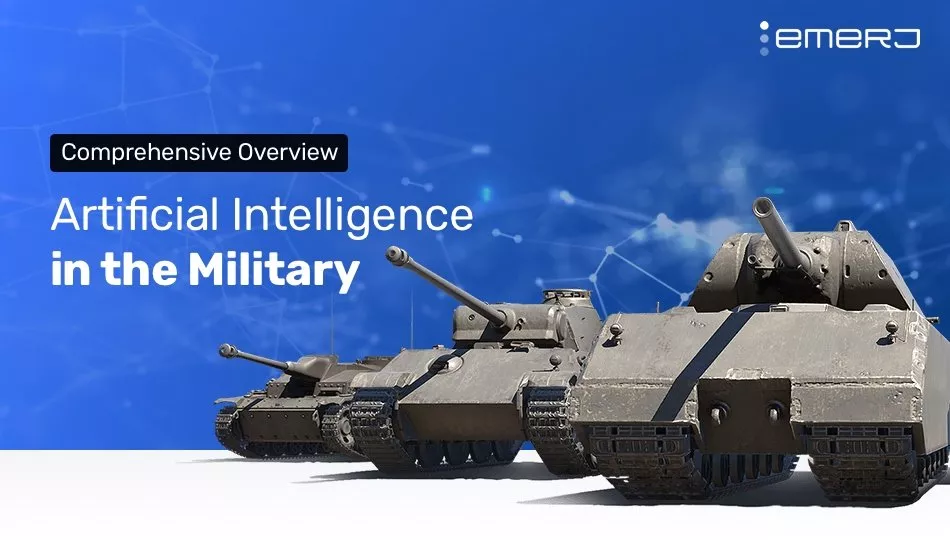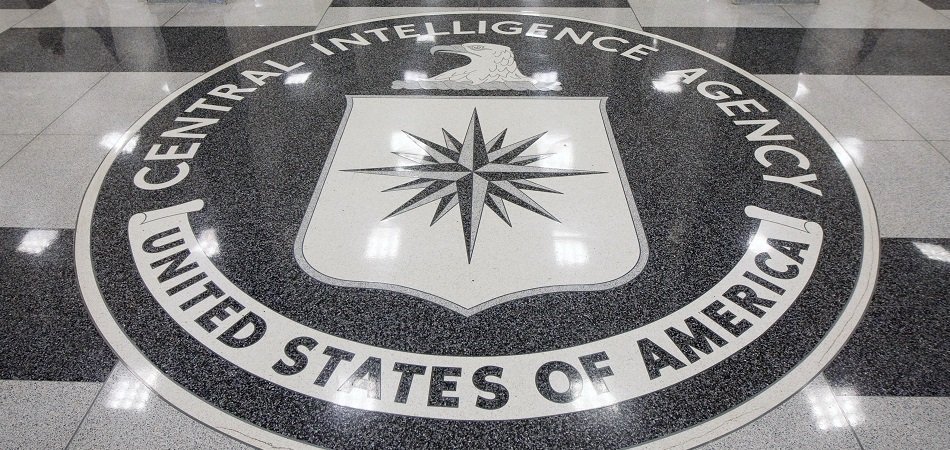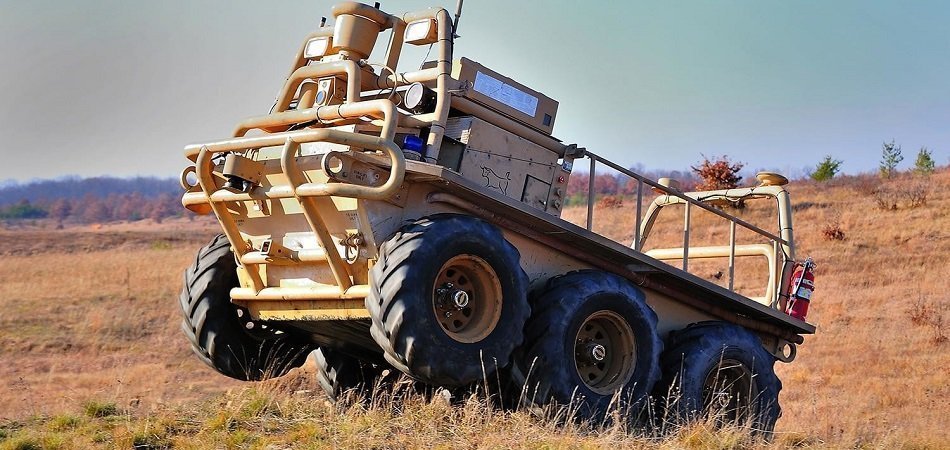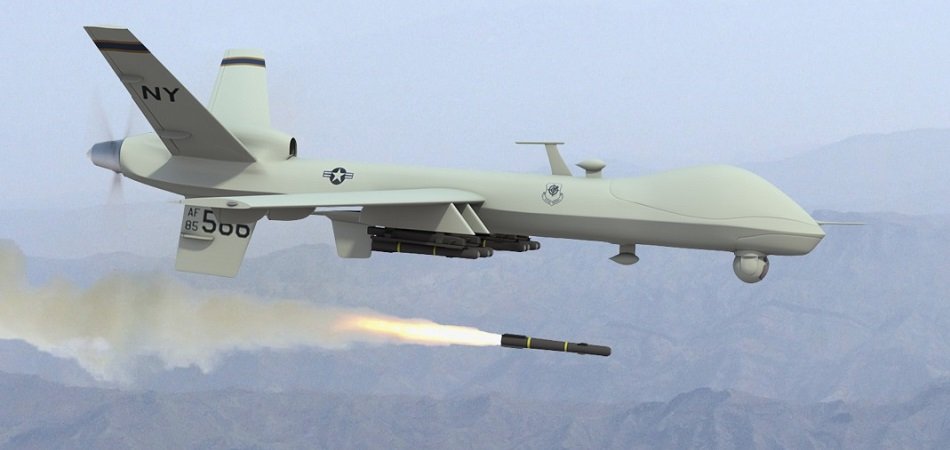Innovating With AI and Data Science in Insurance – Strategies For Success
In the past, we’ve explored the need for insurance companies to adapt to millennial buying preferences through customized policy offerings and…

•


Marcus Roth is Operations Manager at Emerj. He manages content and marketing processing, and helps with research into Emerj's primary business sectors.
In the past, we’ve explored the need for insurance companies to adapt to millennial buying preferences through customized policy offerings and…

•

We researched the military and defense space to discover how and where AI is utilized today by the world’s militaries and…

•

It is clear the United States government has recently taken a strong stance in attempts to proliferate artificial intelligence technology innovations…

•

It is clear the US military has taken an interest in exploring the capabilities of autonomous vehicles for the battlefield. Michael…

•

In this article, we’ll take a look at several military drones and UAVs with AI capabilities. There are a variety of…

•

As we’ve done with our article on AI at the top 5 US defense contractors, this report discusses the artificial intelligence…

•

Due to the popularity of our recent report on AI at the top 5 US defense contractors, we decided to broaden…

•
